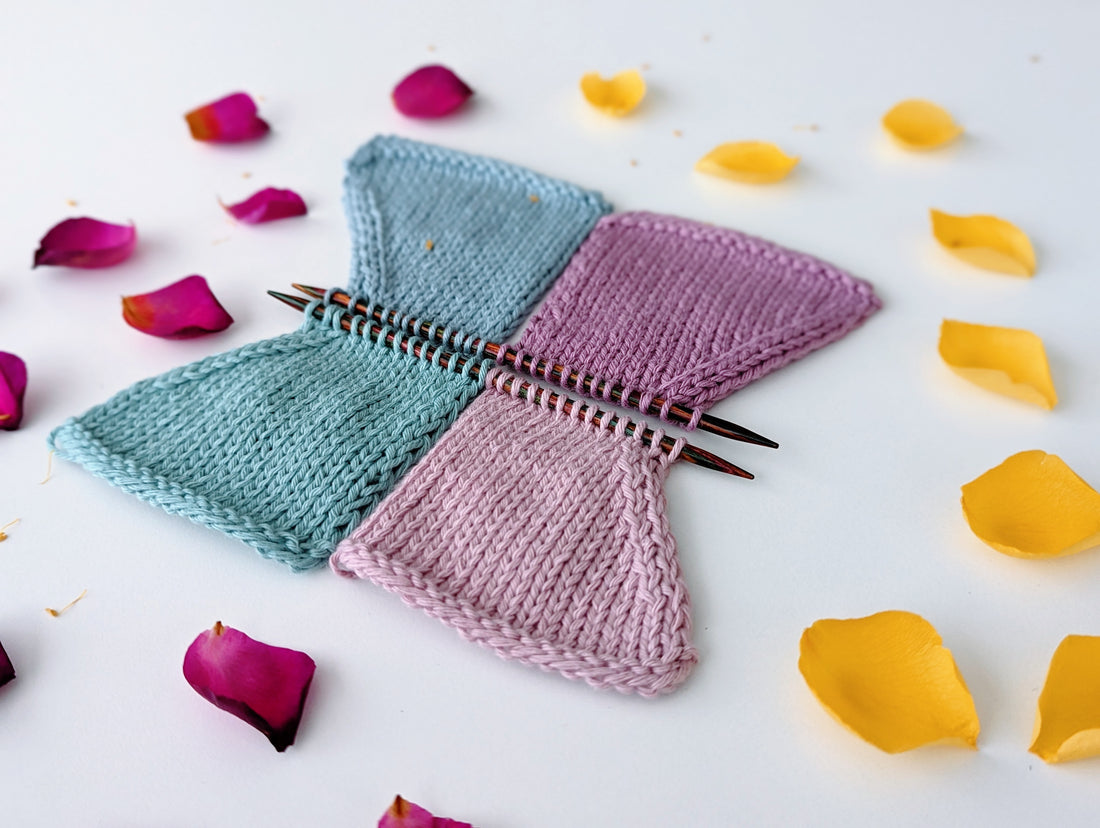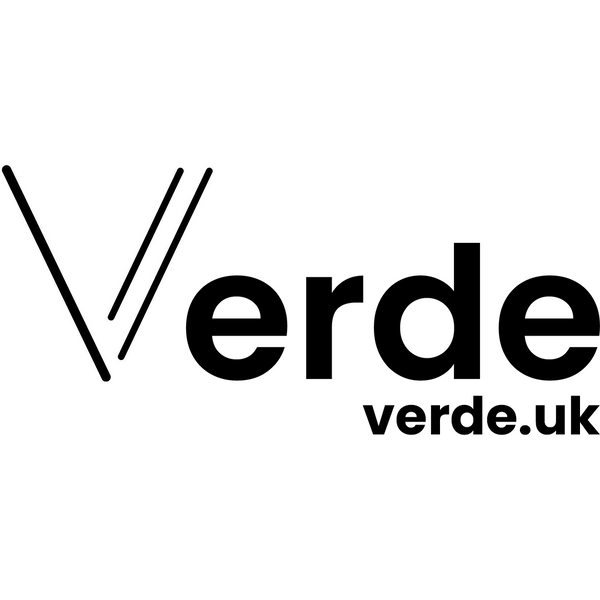
Knitting Techniques Explored: Pairing Increases and Decreases
Building on our previous discussion in The Ins and Outs of Knitting & Crochet: Increases and Decreases, we delve deeper into the art of knitting, focusing on commonly used increases and decreases. Understanding how to effectively pair these techniques is essential in creating balanced and visually appealing projects.
Knitted increases and decreases usually lean either to the left or the right, determined by the specific method used. Understanding this directional lean ensures that the correct stitch is used in the right place. In knitting, particularly in garment and accessory creation, pairing stitches is a widely adopted technique to achieve symmetry and shape. Mirroring increases and decreases on either side of the work or within a pattern repeat offers a balanced and aesthetically pleasing effect.
Why Paired Stitches Matter
- Symmetry: The primary reason for pairing stitches is to create a harmonious mirror image. For example, when shaping a sweater's sides or a sleeve's edges, you want the increases/decreases to lean in opposite directions to maintain symmetry. Using identical stitches on both sides could lead to an uneven appearance.
- Visual Appeal: Paired stitches often blend seamlessly into the fabric, essential in garment knitting for a refined finish. The direction of the lean can enhance the overall design.
- Pattern Design: In lace, cable or decorative projects, the direction of the increases and decreases is integral to the design. Paired stitches can enhance the visual elements of the pattern, making the design more cohesive and attractive.
- Custom Shaping: When creating custom fits, especially in areas like bust shaping or tailored waistlines, the direction of the increase can subtly affect the shape and drape of the fabric. Paired stitches allow for more precise and tailored shaping.
Table of Increases and Decreases
The table below illustrates the most commonly used increases and decreases, indicating their direction on the right side of the work. This assumes that purl stitches are performed on the wrong side.
| Technique | Type | Direction | Best Paired With |
|---|---|---|---|
| KFB (Knit Front and Back) | Increase | Neutral | - |
| M1L (Make One Left) | Increase | Left | M1R (Make One Right) |
| M1R (Make One Right) | Increase | Right | M1L (Make One Left) |
| LLI (Lifted Left Increase) | Increase | Left | LRI (Lifted Right Increase) |
| LRI (Lifted Right Increase) | Increase | Right | LLI (Lifted Left Increase) |
| YO (Yarn Over) | Increase | Neutral | - |
| K2tog (Knit Two Together) | Decrease | Right | SSK (Slip, Slip, Knit) |
| SSK (Slip, Slip, Knit) | Decrease | Left | K2tog (Knit Two Together) |
| P2tog (Purl Two Together) | Decrease | Right | SSP (Slip, Slip, Purl) |
| SSP (Slip, Slip, Purl) | Decrease | Left | P2tog (Purl Two Together) |
| PSSO (Pass Slipped Stitch Over) | Decrease | Left | - |
| CDD (Centered Double Decrease) | Decrease | Central | - |
When choosing which stitch to use, personal preference based on the intended design plays a significant role. However, factors like yarn type and knitting expertise also influence this decision. It's perfectly fine to deviate from a pattern's specified stitch if another option suits you better. Yet, it's important to remember that the designer's choice of increase or decrease likely aimed for a specific aesthetic, and altering it can change the final look of your piece.
In summary, pairing increases and decreases in knitting is not just about maintaining a balanced look; it allows for the creation of intricate and detailed designs. This skill is perfect for anyone wanting to knit pieces that are both professional-looking and full of character.
Happy knitting!
